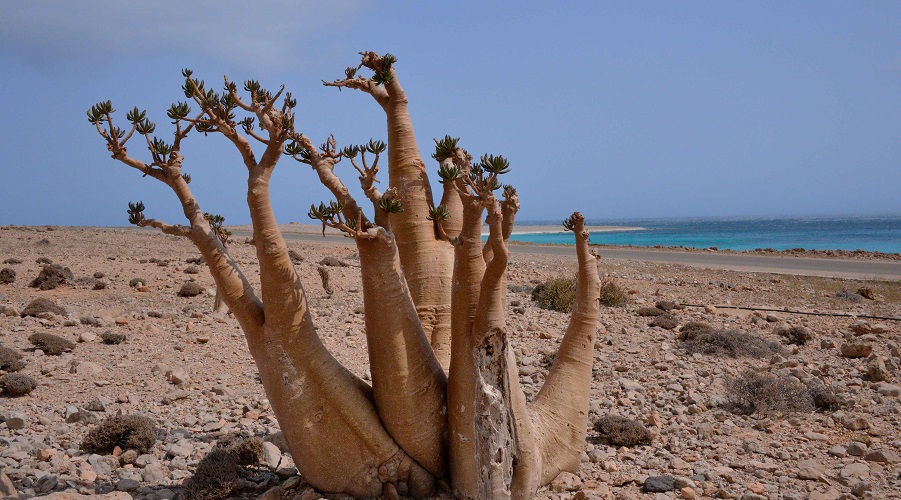Small-scale fisheries catches in Socotra, an archipelago that belongs to Yemen and is located off the north-eastern tip of Africa in the western Indian Ocean, reached an all-time high of 12,000 tonnes in 2000, declined to about 3,300 tonnes by 2014 and then slightly increased to 3,700 tonnes by 2019.
In recent paper published in Frontiers in Marine Science, researchers with the Sea Around Us (UBC) and the Sea Around Us – Indian Ocean (UWA) reconstructed the small-scale marine fisheries catch and fishing effort of the Socotra Archipelago.
In addition to the drop in catches, they identified changes in the predominance of each small-scale sector, with artisanal catches dominating between 1950 and 2010, and subsistence catches taking the lead thereafter.
Increased subsistence fishing is considered to be linked to the famine caused by the civil war that has been besieging the Yemeni mainland since 2015, which has led many to flee and relocate to Socotra.
Overall, the researchers identified an 11-fold increase in small-scale fishing effort over the almost 70 years analyzed. Fishing effort estimates the input in kW/days by fishing fleets deployed in a specific area and allows to derive a measure called catch-per-unit-of-effort (CPUE), which indicates how much each sector is catching vis-à-vis their effort input. From 1950 to 2019, Socotra saw a 78 per cent decline in CPUE.
“The decline in CPUE, especially after 2000, suggests that Socotra’s fish stocks may be overfished or at high risk of overexploitation,” Brittany Derrick, lead author of the study, said. “This is a critical finding, as the human population on these islands is reliant on small-scale fisheries for livelihood and food security.”
The paper “Small-scale fisheries catch and fishing effort in the Socotra Archipelago (Yemen) between 1950 and 2019” was published in Frontiers in Marine Science https://doi.org/10.3389/fmars.2023.1201661


